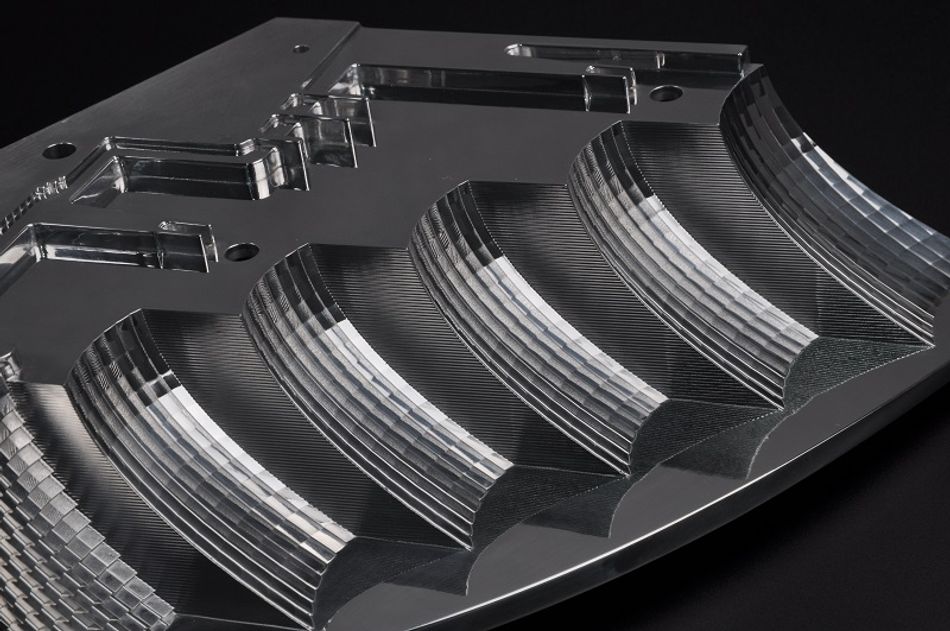4 Tips for Reducing Tool Deflection in CNC Machining
Boosting the quality and repeatability of parts by decreasing tool deflection to fulfill customers' precision demands is critical. Tool deflection leads to rapid tool wear and elevates the possibility of tool breakage.
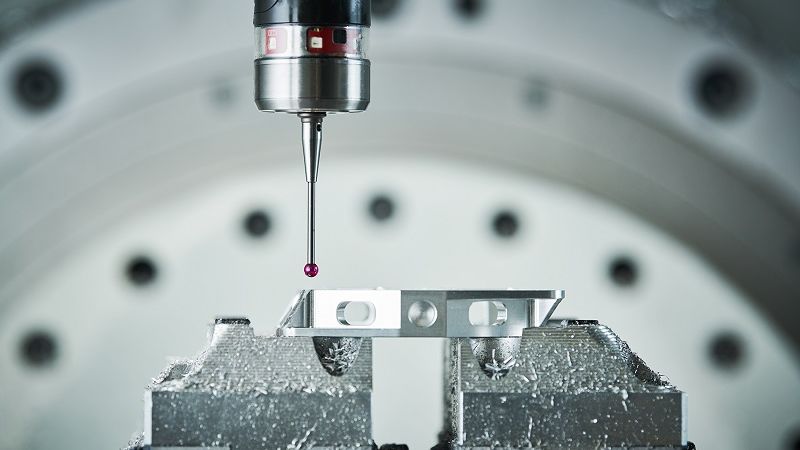
Reducing Tool Deflection to Increase the Precision
It's critical to deliver high accuracy and finish to fulfill customers' demands, and it can't be possible without decreasing tool deflection and adopting some methods to decrease tool deflection. Tool deflection can become a reason for tool breakage and rapid tool wear, and it occurs when the cutting forces overcome the tool's stiffness and make a bend.
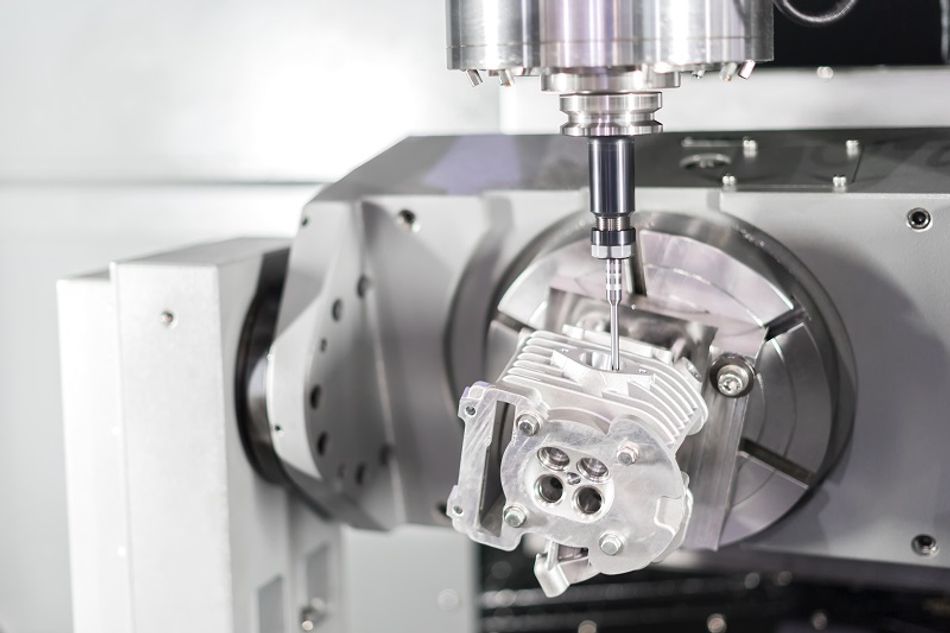
Tool deflection is an economic process, and you can boost the quality and repeatability of parts by decreasing tool deflection. Besides these advantages, tool deflection can reduce machine downtime and tool replacement frequency.
So it’s essential to know how to reduce tool deflection by applying some helpful tips and methods. There are some useful tips to reduce tool deflection in CNC machining you need to consider to ensure high precision of the machined parts.
How Does Tool Deflection Effect and its Aftermath on CNC Machining
Tool deflection is defined as the bending of the tool. The defection of a tool and an object occurs because of loads on the tool or objects, which can cause severe changes in it. It occurs when cutting forces can overcome the tool stiffness, which may cause tool bending. The CNC machining tool has two ends. The one end of the CNC machining tool is kept free, while the other end of the tool is kept inside the chuck. A force can apply to the workpiece by the tool during the CNC machining operation.
As the CNC machining g tool applied the force on the workpiece, the workpiece also exerted an opposite resisting force on the tool. The CNC machining tool is also affected by several other operational forces and the resisting force. In case if the external force applied to the tool becomes larger than the tool force, then it results in the deflection in the tool.
The Aftermath of Tool Deflection on CNC Machining
The deflection in the tool greatly affects the CNC machining. The aftermath of tool deflection on the CNC machining is as under:
- The tool deflection causes the failure of the workpiece or the tool.
- It reduces the lifecycle of the CNC machining and thus results in lifecycle depletion.
- It can mess up the dimensional accuracy and causes numerous errors in the CNC machining system.
- It causes a rough surface finish of the CNC machining.
- The tool deflection causes severe dimensional inaccuracy.
- It greatly affects the surface of CNC machining and causes potential surface damage.
- It can shorten tool life and maybe a cause of tool breakage.
- Tool deflection may cause part scraping if it is not properly accounted for.
- It can increase tool wear, and manufacturing parts with deflection tools may be suffering from variability, out of tolerance, or exhibit a chattered surface finish.
If you want to decrease tool deflection and get a high-quality surface finish without compromising on part's qualities, you need to use high-quality CNC lathe, high-quality tools, and expert engineers for operating these machines. You can minimize tool deflection by minimizing the distance from the tool holder to the tool's tip.
Tips to Reduce Tool Deflection in CNC Machining
The tool deflection in CNC machining is very common, and it can cause a catastrophic disaster and minimal impact on part's quality. You cannot fully avoid or prevent the tool deflection, but there are certain ways by which you can reduce it. Following are the tips that prove helpful to reduce the tool deflection in CNC machining. These tips ensure high precision and high quality of the final product.
1- Build the Tool Core Strength by Altering Diameter
Diameter is an important factor when we consider deflection, especially core diameter. The core strength of a tool relies on its reach and flute length, and the difference between reach and flute length can be defined as the core's rigidity. Core diameter can be employed for the calculation using a reached tool; then, the core diameter transitions to the neck diameter. By changing these values, deflection can be decreased for the reached tool. It can make a big difference for long flute tool dimensions.
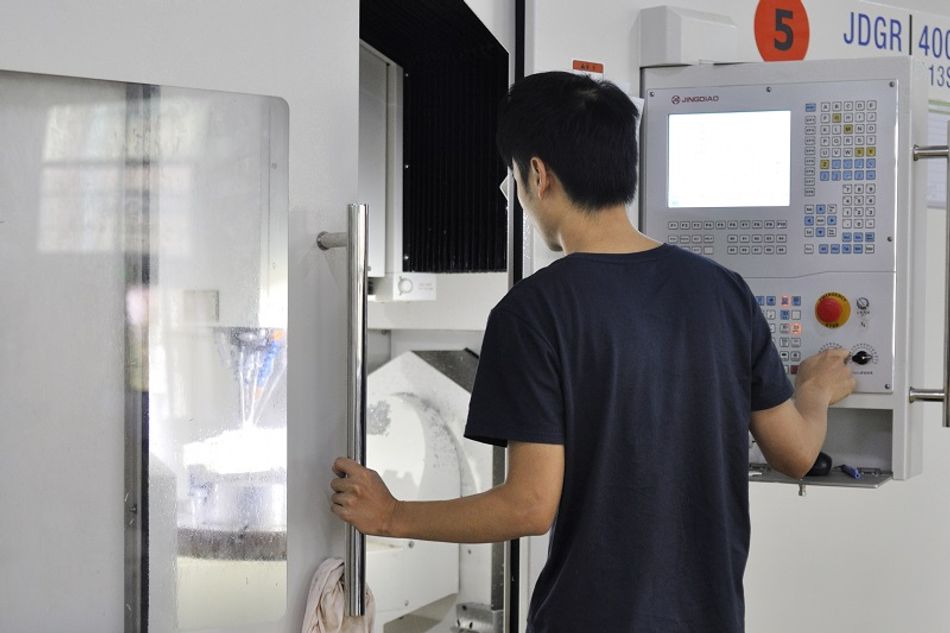
2- Know the Difference between a Long Flute and a Long Reach
The tool deflection can minimize by knowing the main difference between the long flute and the long reach tool. The core diameter of the tool mainly causes the rigidity differences in the long flute and long reach tool. The tool with more material is relatively more rigid than the tool with less material. Similarly, a smaller flute length tool is more rigid and has a longer life span. Each type of tool offers its benefits and advantages. You must use the appropriate tools during a particular operation to reduce deflection.
Application of Long Reach Tool
Long reach tools are mostly used to remove the materials from the gaps where the shank is not fitted well and fails in removing the material. The material is removed by fitting a noncutting extension of a cutter diameter. The heeling can be prevented by decreasing the reach length behind the cutting edge to the cutter diameter.
Applications of Long Flute Tool
Long flute tools mainly have longer cut lengths. The long flute tool is mostly used to provide the slot with a seamless wall. The core diameter size doesn't change and remains the same across the cutting length. The core diameter increases the more chance of deflection in part. Moreover, if a little of the cutting edge is involved with the high feed rate, it can cause tapered edges.
These tools effectively cut deep slots, and applications of high-efficiency machining can prove helpful due to their specific features, such as chip evaluation competencies.
3- Reduce Overhang Length
Overhang length is the length between the operating tip of the CNC tool and the clutching point. The tool must bear the bending stress, the horizontal and vertical forces when mounted as a cantilever beam. According to the load stress theory, the shorter overhang length causes the lower effects of bend stress. It means the deflection of the tool can be decreased by decreasing the overhang length of the tool.
4- Increase Tool Stiffness
The tool deflection in the CNC machining can reduce by increasing the tool stiffness. CNC machining tool usually consists of high-speed steel. The machining operations are usually facilitated by high-speed steel, but the tool deflection can result from the exposure of the high-stress load. One of the high-speed steel tools alternatives is the carbide tools, which are considered three times more rigid than the high-speed tools. The carbide tools can use to reduce deflection because of their brittle properties.
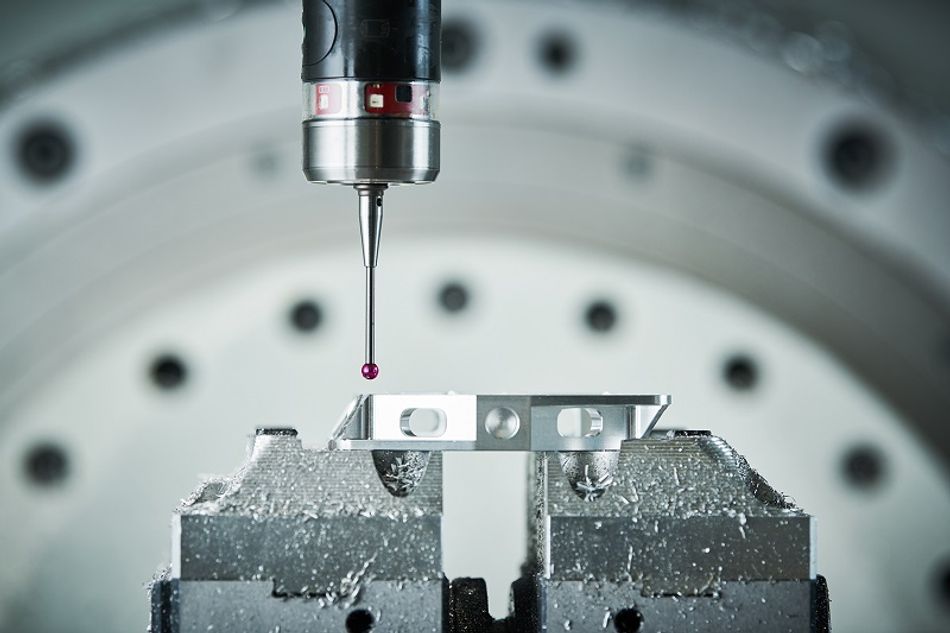
Conclusion
Tool deflection is the main cause of tool damages and causes scrapping of the tools or workpieces. You can minimize the tool deflection during the working operation by following some strategies, such as reducing the tool holder's distance to its tips and increasing its stiffness and core strength. Reducing the overhang length also contributes to reducing the CNC machining tool deflection. In short, you must use your equipment carefully to minimize deflection.
To reduce the failure and the inaccuracies, you must use a cutting-edge tabletop mining machine. For the appropriate implementation of the CNC machines, establishing the standard in-plant CNC training is necessary, and you can easily minimize the CNC machine tool deflection following these basic rules and steps.
